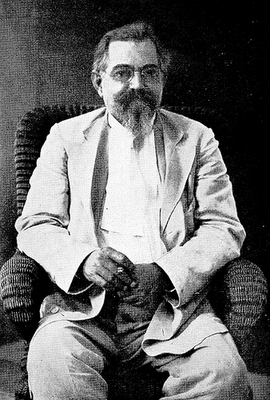3.5.9 The journalistic and testimonial work of Enrique Collazo (1848 – 1921)

Enrique Collazo joined the insurgent troops in 1869, as an expeditionary on a ship that sailed from the United States. However, his starvation prevented him from remaining on the battlefield, and he had to leave for Jamaica and later settle in New York. After living as a photographer for some time in Panama and Colombia, he returned to Cuba in 1876 to continue the fight.
In 1893, he published his testimony “Desde Yara hasta el Zanjón” in Havana, a paean to the heroic deeds of the 10 years and its heroes. The author, though not a literary scholar, displays a restrained style in which he conveys a wide range of his experiences as a mambí.
Although Collazo had signed the surrender of Zanjón, his view of the conflict and the future is rather optimistic. The text drew some adverse commentary for delving into the human failings and contradictions that led to the failure of the 1868 war attempt, much studied by later historians.
He also criticized the establishment of a civilian government during a military conflict, which hindered the execution of military operations. In addition to providing valuable testimony, reading the text at the time helped elucidate the causes of the insurrection’s failure and served as an argument for the need to carefully plan any new separatist project.
Collazo landed in Cuba as an expeditionary force following the outbreak of the Necessary War, where he rose to the rank of Brigadier General. He held public office after the establishment of the Republic in 1902 and was a member of the Cuban Academy of History.
In addition to “Desde Yara hasta el Zanjón,” he wrote the short story “De marcha en marcha,” published in 1899 along with a text by Alvaro Catá in a volume titled “Episodios de la Guerra.” He also worked as a journalist during both the colonial and republican eras. In 1894, he wrote several articles for “Patria,” also edited “El Cubano,” and co-founded “La Nación,” along with Márquez Sterling. His texts sometimes appeared under the pseudonyms Cuba and Aguas Verdes.








